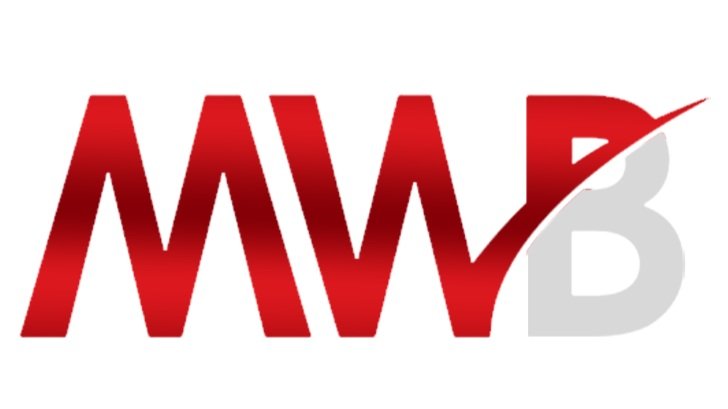Maximizing Your Retirement Savings with the Mega Backdoor Roth 401(k)
Unraveling the Mega Backdoor Roth 401(k) Strategy: A Guide for Savvy Investors
Hello, I'm TJ van Gerven, your host at the "Do More With Your Money" podcast. Today, I'm excited to delve into a topic that's been on my mind lately - the Mega Backdoor Roth 401(k). This strategy can be a game-changer for those with a strong cash flow and a long-term savings plan. But first, let's understand the basics.
Understanding 401(k) Contributions
The first step in leveraging the Mega Backdoor Roth 401(k) strategy is understanding the different types of contributions available in your 401(k) plan. The traditional contribution is the pre-tax contribution, which allows you to deduct up to $22,500 from your income for 2023. This can be a boon for those in high tax brackets or those seeking tax diversification in retirement.
The Power of Roth Contributions
However, if you're looking to create tax-free assets for the future, the Roth contribution option might pique your interest. With a Roth IRA or Roth 401(k), your contributions are made after-tax, but the growth and withdrawals are tax-free. This can provide flexibility and avoid potential tax complications in retirement.
The Mega Backdoor Roth 401(k) Strategy
The Mega Backdoor Roth 401(k) takes the Roth concept a step further. It allows you to make after-tax contributions above the $22,500 limit. If your plan offers this option, you can contribute up to a maximum of $66,000, including employer matches. These after-tax contributions can then be converted to a Roth 401(k), essentially allowing you to contribute five years' worth of Roth IRA contributions into your 401(k).
Who is it For?
This strategy is suitable for individuals with strong cash flow and a long-term savings plan. It's crucial to consider your overall financial situation before diving in.
The Concept of Fungibility
Understanding your finances and maximizing your resources is key. I often emphasize the concept of fungibility, where your income and assets can be used interchangeably to fund advantageous accounts. Even if your cash flow is limited, you can still utilize assets to contribute to these accounts. This flexibility is crucial in translating your income into wealth.
The Long-Term Benefits
Making strategic financial decisions early in your career can have long-term benefits. By contributing extra funds to a Roth account, you can take advantage of compounding growth over time. This can result in a significant lump sum of tax-free money that can supplement your other income sources or pretax distributions. Building this flexibility is essential for future financial security.
Seek Guidance
I always advise seeking the guidance of a financial advisor to ensure you are maximizing the tools available to you. Making informed decisions about your finances can have significant consequences over the years and decades. Don't overlook these opportunities and consider outside-the-box strategies.
Wrapping Up
To summarize, start by logging into your 401(k) account and confirming the types of contributions available to you. If you have the option for after-tax contributions separate from pretax and Roth, it indicates that you can facilitate a mega backdoor Roth contribution. Additionally, it's important to understand if your plan allows for in-plan Roth conversions.
I invite you to join me on this journey of financial discovery and empowerment. Let's do more with our money, together.
